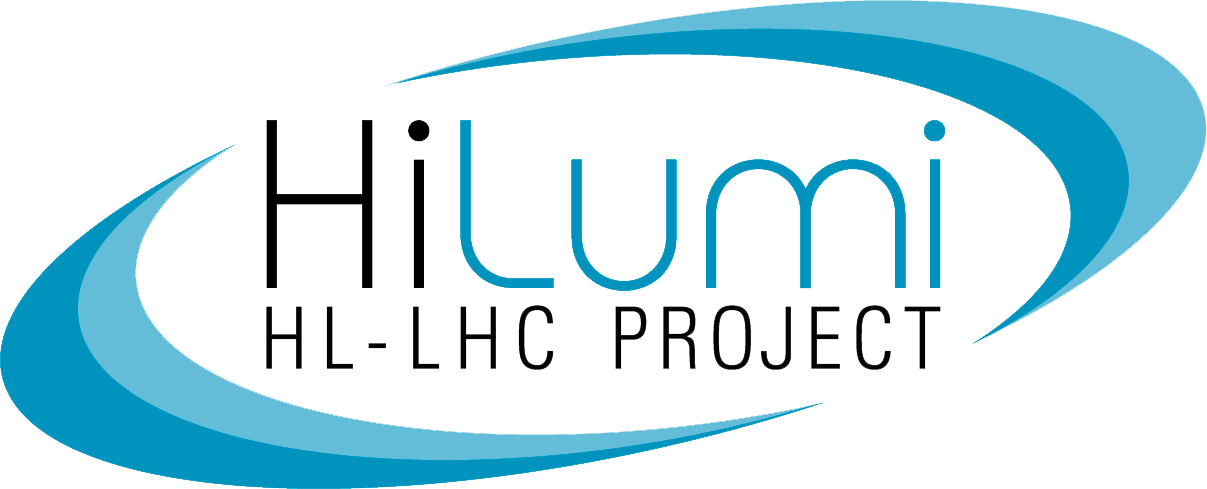In order to achieve the HL-LHC goal of nominal operation at a levelled luminosity of 5 ×1034 cm-2s-1, the cryogenic infrastructure for the cooling of the superconducting LHC magnet powering system and accelerating structures will have to be adapted and upgraded along several lines.
Specific cryogenic cooling capacity upgrades will be required for the main 400 MHz RF-cavities in IR4, functioning presently at saturated helium temperatures (4.5 K) and being cooled from the same refrigerator source as the whole 3.3 km long magnet sector they belong to. The refrigerator for sector 34 will be upgraded to compensate for the RF load, while sector 45 will profit from the reduced load of the P5 triplet, which in the HL era will be cooled through a dedicated refrigeration system. WP9 also takes charge of the required studies and deployment of the cryogenic infrastructure for the cooling of the crab-cavities to be installed in IR1 and IR5.
The higher HL-LHC luminosities will as well lead to an increase of the thermal load on the magnets near the interaction points (IPs) of ATLAS and CMS. At present, these magnets share the cooling resources with the 3.3 km long magnet sector they belong to, a situation which cannot be maintained in the HL-LHC era. Therefore, new cryo-plants in the collision points of Point 1 and 5 of about 2-4 kW per IP need to be installed. Besides the obvious benefit of increased cryogenic power, this will allow for a complete separation of the cryo-infrastructures of the arc and of the triplet magnets and therefore provide operational flexibilities such as the independent cool-down and warm-up of these machine sectors. WP9 also takes charge of the required distribution system of the new cryogenic infrastructure and for its connection to the new equipment in the tunnel area.
Two co-workpackage leaders are charged with the coordination of the efforts within the work package and ensure in conjunction with the HL-LHC project office the progress reporting as well as the documentation and implementation of scope, cost or schedule changes.
